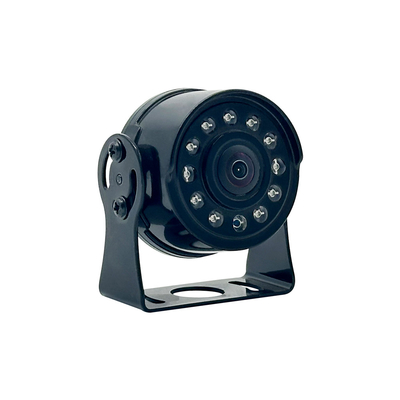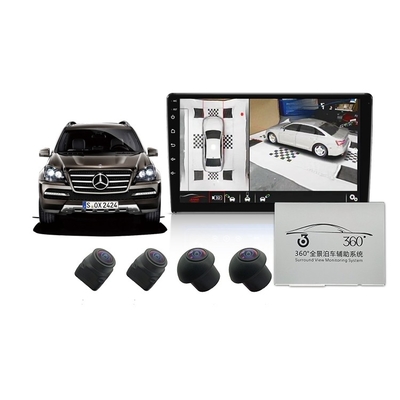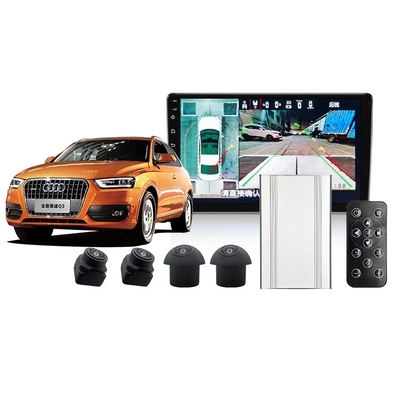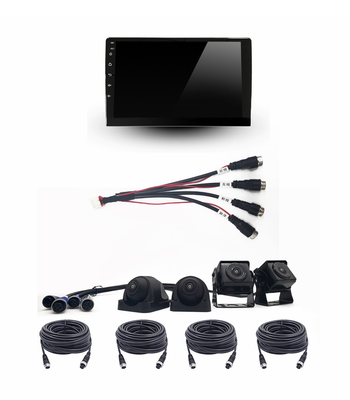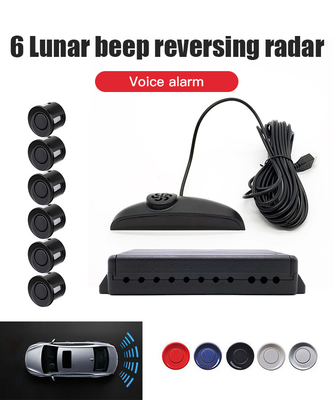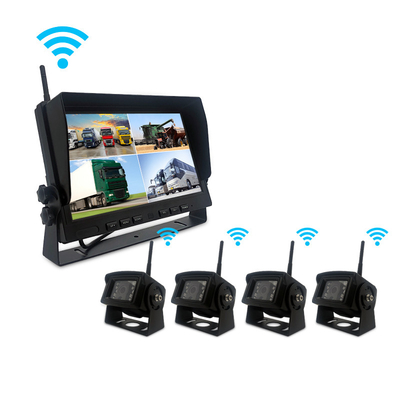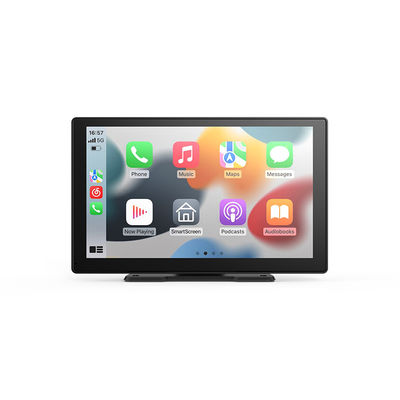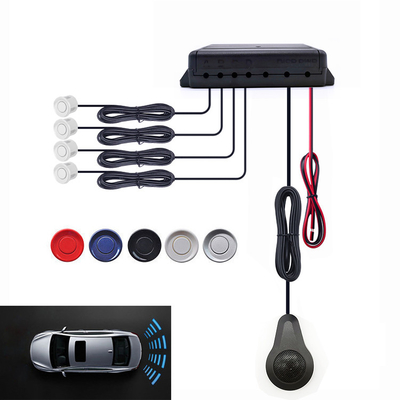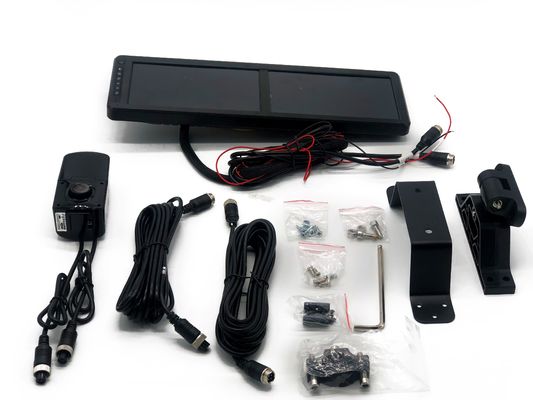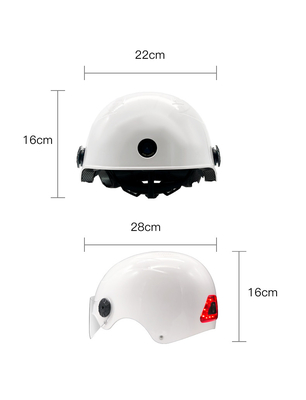The design, manufacture and sale of each 360 panoramic camera is an arduous project and challenge, not to mention that producing these products requires a lot of time and preliminary preparation.
But is there a way to reduce these costs, or even a shortcut into the automotive electronics market, saving money on developing new products?
Understanding what OEM and ODM are and how to apply them is an important start to running a design car and modification program!
Read on to learn the basics of OEM vs. ODM, their capabilities, pros and cons, and which one is best for your needs.
A. OEM definition: What is OEM?
OEM (Original Equipment Manufacturer) manufactures products according to the customer's own design specifications. After a customer develops and designs a product, the OEM is responsible for manufacturing and selling it back to the customer who sold the product. OEMs can also produce parts or components that can then be used by customers in their own manufacturing processes.
Most of the time, customers retain rights to their product designs, although OEMs often provide suggestions to bridge the gap between the initial product idea and later series production. For example, suggestions for formulation changes to improve product efficacy or production efficiency.
What is the main business of OEM customers:
- research and development
- product testing
- marketing
What ODM manufacturers do:
- Production
OEM actual cases:
Apple's cooperation with Foxconn to produce iPhones is a typical example of the OEM model. Apple invented and designed the iPhone. Even though Apple itself has outstanding research and development capabilities, it lacks manufacturing components. So the iPhone is manufactured by Foxconn, while Apple retains ownership of its original design.
We can think of OEMs as key players in product development for companies that have all the skills and resources needed to conceive a product and conduct market research, but lack the manufacturing capabilities to produce the product (especially at scale).
To take another example from the food and beverage industry, if someone today is very passionate about brewing kombucha and comes up with a unique, great-tasting recipe, and because kombucha is so popular locally, he wants to To start a business and produce kombucha related products. However, if you want to brew large quantities on a commercial scale, you will lack the relevant production facilities or experience, in which case a kombucha OEM manufacturer can provide excellent assistance.
B. ODM definition: What is ODM?
ODM (Original DesignManufacturer)
According to ODM manufacturers design and produce themselves, and then customers buy and sell these products, little (or no) R&D is required on the customer's part. Customers simply select an already existing product design from the ODM manufacturer's catalog, modify it slightly, and sell it under their own brand name. For ODM, custom parts are usually limited to outer packaging, labels, and branding.
ODM manufacturers have more control over the product development and design process than OEMs do, and retain ownership of the products they design, sometimes producing them for sale to others as "white label" or "private label" merchandise. customer.
What ODM customers do:
- product concept
- brand
What ODM manufacturers do:
- research and development
- product testing
- Manufacturing
- White label or private label products
ODM practical cases:
Have you ever noticed that fast fashion clothing brands often have similar designs? This is a classic example of ODM (and slightly controversial in terms of environmental protection).
Let’s go back to the kombucha example we just had. If there's another established beverage brand that wants to launch a new kombucha line and is open to a variety of recipes and flavors, hoping to find the sweet spot between mass market and premium, then this is the time to go Consulting a kombucha ODM factory would be a good choice.
How do OEM/ODM products help enterprises?
Partnering with OEM/ODM manufacturers is an effective way to bring products to market quickly. For example, a customer might:
• Seek to adapt and transform initial ideas into product concepts that can actually be manufactured
• Have a proven product sample or prototype and need help with the manufacturing process, or
• Seeks to manufacture and sell products under its own name
C. OEM VS ODM: Pros and Cons
The main advantage of ODM is that it eliminates the need for customers to invest millions of dollars in R&D and produce a new product from scratch. After all, why reinvent the wheel if you can improve the one that already exists? ODM helps customers quickly seize market opportunities with minimal upfront investment. By reducing the workload of product development and manufacturing, customers can focus more on later product sales and marketing layout.
But this must also be considered within a competitive context. How many companies also produce similar white label products through ODM, otherwise these products will just become knock-offs of competitors. When products lack differentiation, it often leads to fierce price wars, which will only have a negative impact on product profits.
Of course, if the customer has the time and resources for additional customization, private label is a better ODM choice. But if the customer is looking for originality or more control over the direction of the final product, the customer should work with the OEM rather than the ODM.

 Your message must be between 20-3,000 characters!
Your message must be between 20-3,000 characters! Please check your E-mail!
Please check your E-mail!  Your message must be between 20-3,000 characters!
Your message must be between 20-3,000 characters! Please check your E-mail!
Please check your E-mail! 
